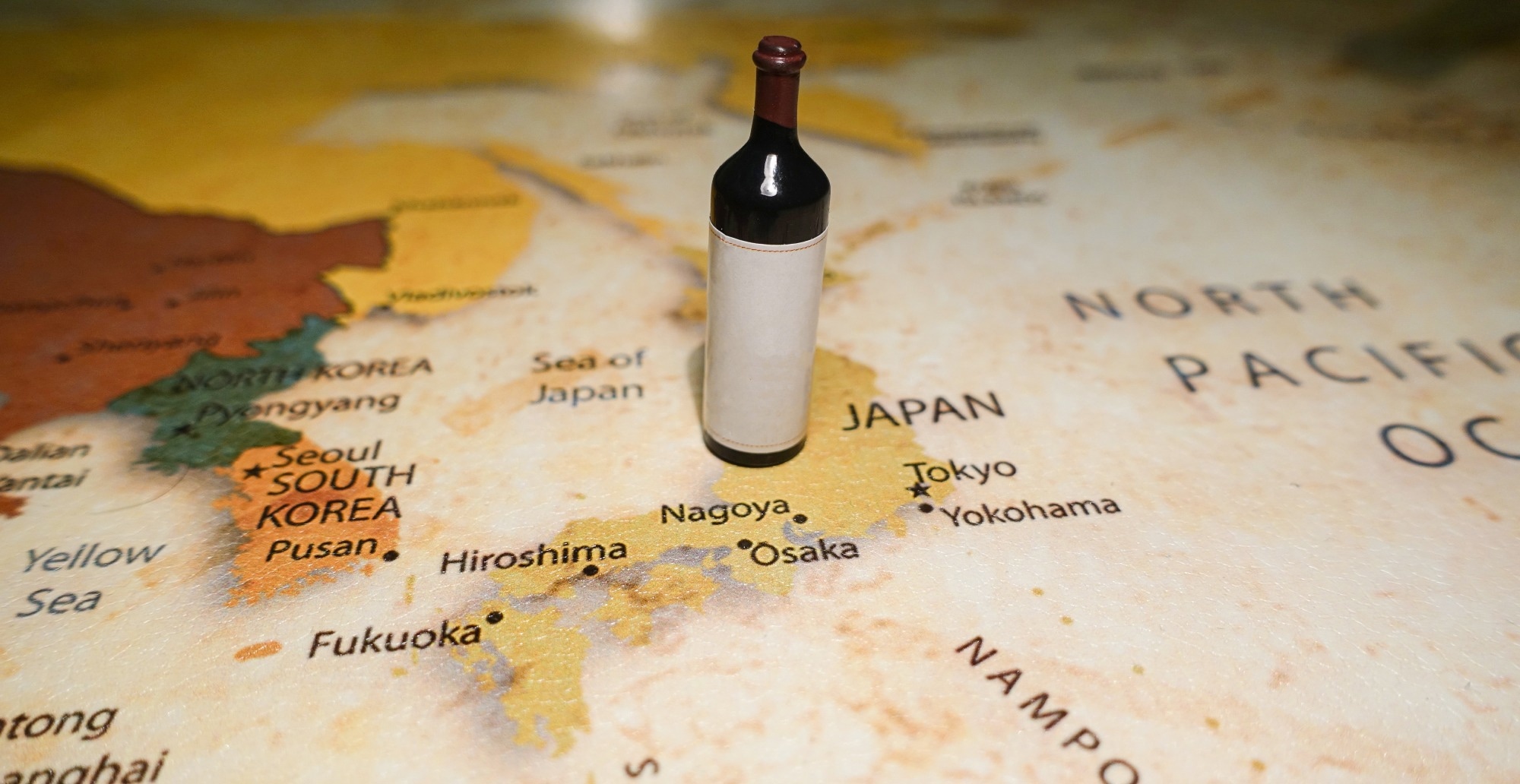In a recent article published in the journal Nutrients, researchers selected two red wines made from Zweigelt grape varietals cultivated in Hokkaido, Japan, in different vintage years, 2015 and 2018, to assess their effect on vascular and platelet function in healthy adult men.
 Study: The Effect of Hokkaido Red Wines on Vascular Outcomes in Healthy Adult Men: A Pilot Study. Image Credit: futuristman / Shutterstock
Study: The Effect of Hokkaido Red Wines on Vascular Outcomes in Healthy Adult Men: A Pilot Study. Image Credit: futuristman / Shutterstock
Background
Several factors contribute to the polyphenolic content of wine, especially anthocyanins that impart color and hue to red wines.
Thus, malvidin glucoside (MG) levels, a red wine anthocyanin, are higher in younger wines. Secondly, environmental factors influence a red wine's polyphenolic profile, including temperature, humidity, sunlight exposure, and soil conditions. Thirdly, variety and year of harvest contribute to differences in the polyphenolic profiles of red wine vintages. Clearly, red wines made from the same grape varietal cultivated in similar regions but in different years could have substantially variable polyphenolic profiles.
The polyphenolic profile of red wine is the key determinant of its beneficial effects on cardiovascular health. Thus, it makes perfect sense to explore how consuming red wine from the same grape varietals cultivated in similar geographic areas but in different vintage years could exert varying effects on systolic and diastolic blood pressure (SBP and DBP) and vascular and platelet function.
About the study
In the current three-arm, controlled cross-over study, researchers first subjected all eligible participants (healthy men aged 50 to 70 years) to measurements of vascular function, SBP & DBP, and platelet reactivity at baseline. It included augmentation index (AI) measurement at 75 beats/min (AI75), indicating peripheral arterial stiffness.
Next, they randomly assigned them to consume 240 mL each of red wine or sparkling white grape juice (control). They provided beverages with mozzarella string cheese and 16 crackers (snacks) that provided 360 kcal energy, 40% of which was derived from fats. They repeated all the measurements two and four hours after beverage consumption. The washout duration between study arms was seven days.
Further, they quantified tyrosol (Tyr) and hydroxytyrosol (HT) concentrations in each Hokkaido red wine. Finally, they used a linear mixed model to analyze changes from the baseline in vascular outcomes, BP, and range-scaled platelet function.
 Winter vineyard pruning in Hokkaido, Japan (Image Credit: Hokkaido Wine Co.; Otaru, Hokkaido, Japan).
Winter vineyard pruning in Hokkaido, Japan (Image Credit: Hokkaido Wine Co.; Otaru, Hokkaido, Japan).
Results
Compared to the intake of the control beverage, the 2015 and 2018 Zweigelt red wines (both) lowered AI in healthy adult men. However, the single intake of the 2018 wine significantly reduced SBP and DBP in the postprandial period compared to the 2015 wine or control intake.
Notably, a postprandial state that typically lasts six to 12 h could last for more than 16 h under the influence of a high-calorie diet with more saturated fats and carbohydrates, which increases cardiovascular risk via increased exposure to increased plasma glucose, chylomicrons, triglycerides-rich very-low-density lipoprotein (VLDLs) and their remnants.
Induction of unfavorable postprandial responses, including inflammation and oxidative stress, to name a few, promotes atherosclerosis, resulting in increased arterial stiffness, as observed in this study.
Furthermore, the authors noted an improved vascular response with red wine, especially the 2018 red wine, which contained almost twice as much HT as the 2015 wine. Notably, HT, a major phenolic in red wines and olive oil, gets absorbed and metabolized within four to six hours, explaining BP-related discrepancies observed in the present study.
Studies have shown that HT is better absorbed and more bioavailable than Tyr in in vitro models. Hokkaido in Japan experiences a shorter and cooler summer season. Yet, interestingly, its Zweigelt red wines produced vascular responses comparable to wines produced in warm climate regions with longer growing seasons, most likely due to their higher phenolic concentrations.
Conclusions
Overall, a single intake of 2015 and 2018 Hokkaido Zweigelt red wines markedly reduced arterial stiffness in healthy adult males, with the effect of 2018 wine being more pronounced on SBP and DBP values.
In the current study, the researchers assessed the effects of red wines on vascular outcomes for over four hours only, which might have minimized the absorption and metabolism of their anthocyanin and ellagitannin constituents. Thus, future studies with larger sample sizes and longer-duration follow-ups should consider a more precise differentiation of major anthocyanin subtypes in red wines of different vintage years while reporting their cardiovascular outcomes.
Journal reference:
- Charoenwoodhipong, P.; Holt, R.R.; Keen, C.L.; Hedayati, N.; Sato, T.; Sone, T.; Hackman, R.M. The Effect of Hokkaido Red Wines on Vascular Outcomes in Healthy Adult Men: A Pilot Study. Nutrients 2023, 15, 4054. doi: https://doi.org/10.3390/nu15184054, https://www.mdpi.com/2072-6643/15/18/4054